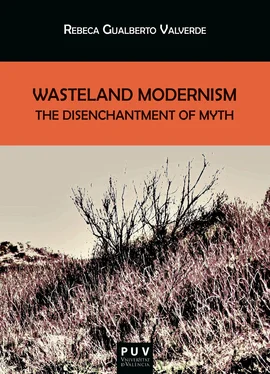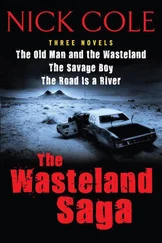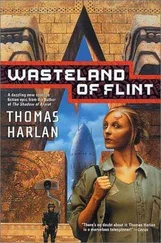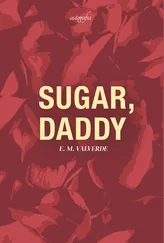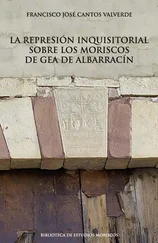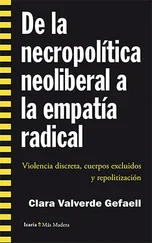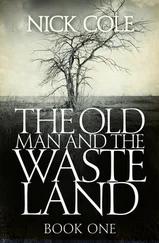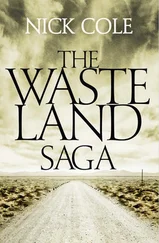This is the fate of ritual and transcendence in the poem, and it is the effect of these ‘doubleness’ of references. As Coyle argues, “both interpretations need to be there, each destabilizing even as it implies the other” (160). Tarot is another example. Weston discussed, its original use had been “to predict the rise and fall of the waters which brought fertility to the land” (80). In Weston’s hypothesis, the four suits of Tarot—Cup, Lance, Sword, and Pentangle (Dish)—correspond with the Grail myth’s central symbols, that is, the Cup, the Lance, the Dish, and the Sword (79). These symbols conform “a group of ‘Fertility’ symbols, connected with a very ancient ritual, of which fragmentary survivals alone have been preserved to us” (80). Those fragments of ritual are collected in The Waste Land , and presented as dramatizing the conflict between modern trivialization and ancient mysticism (Brooks 209). If in Antiquity, the Tarot was used to predict the water rising in springtime, in Eliot’s poem, the fortune-teller Madame Sosostris also heralds the coming of the waters. But in the contemporary, death-ridden world of The Waste Land , the rising waters do not bring along the land’s fertilization but a catastrophic flood. Madame Sosostris cautions the reader to “fear death by water” (55), transforming the announcement of regeneration into an admonition for danger. Brooks argued that “the ‘fortune-telling’ which is taken ironically by a twentieth-century audience becomes true as the poem develops” (207). This is explained by the cards that Madame Sosostris reveals in the first canto:
…Here, said she,
Is your card, the drowned Phoenician Sailor,
(Those are pearls that were his eyes, Look!)
Here is Belladonna, the Lady of the Rocks,
The lady of situations,
Here is the man with three staves, and here the Wheel,
And there is the one-eyed merchant, and this card,
Which is blank, is something he carries on his back,
Which I am forbidden to see. I do not find
The Hanged Man. Fear death by water. (46-54)
The cards are not real Tarot cards, a sign that the ritual has lost the power of ancient mysticism. And yet, the seemingly ludicrous set effectively predicts the characters and events that the reader will find along the poem. Eliot explains in a note:
I am not familiar with the exact constitution of the Tarot pack of cards, from which I have obviously departed to suit my own convenience. The Hanged Man, 13 a member of the traditional pack, fits my purpose in two ways: because he is associated in my mind with the Hanged God of Frazer, and because I associate him with the hooded figure in the passage of the disciples to Emmaus in Part V The Phoenician Sailor and the Merchant appear later; also the ‘crowds of people,’ and Death by Water is executed in Part IV. The Man with Three Staves (an authentic member of the Tarot pack) I associate, quite arbitrarily, with the Fisher King himself. (Eliot TWL 22)
The Tarot characters are then the characters of the poem, all of whom are presented as multiple representations of the same mythical archetypes. As Eliot explains in a different note, the Merchant “melts into the Phoenician Sailor, and the latter is not wholly distinct from Ferdinand Prince of Naples” (23). That is why the leitmotif extracted from Shakespeare’s The Tempest —“Those are pearls that were his eyes”—follows the apparition of the Phoenician Sailor in Madam Sosostris’s pack. By the time the reader reaches the poem’s ending, all the made-up cards have appeared recurrently. The fortuneteller’s predictions have unexpectedly been fulfilled, and consequently, the reader cannot but trust her warning and distrust the rising of the waters. False becomes true, and meaning arises from how the poem invites contradictory interpretations (Coyle 160). 14 Expectations of rebirth arise, and the Tarot regains its ritual force, but this has gone dark: the cards can only predict the annihilating flood.
III
The resignification of ritual in The Waste Land is inextricable from the reshaping of the mode of romance in the poem. As argued, Eliot’s indebtedness to Weston is not mainly the borrowing of a set of symbols from the Grail legend, but how the poem relies on Weston’s argument about the loss of ritual in medieval romance. In Eliot’s poem, the elusiveness of a quest pattern—for the poem uses myth as a “non-narrative” device (Mangamaro 81) 15 —certifies the dissolution of romance, now the broken carcass of an empty ritual. The consciousness of the modern hero has shattered, and this is a consequence of the fracture of myth, that is, the rapture of the “Apolline illusion” (Nietzsche Tragedy 102) that prevents the “negation of individual existence” (100) when the individual approaches a purely Dionysiac experience of reality. Nietzsche explains myth—“myth, as symbol” (101)—by giving account of his function in Richard Wagner’s Tristan and Isolde (1865). As he argues, the perception of the third act of the opera “purely as a vast symphonic movement, with no assistance from words or images” (100) would shatter the consciousness of the individual, “having once put their ear to the heart of the universal Will, so to speak, and felt the raging desire for existence pour forth into all the arteries of the world as a thundering torrent or as the finest spray of a stream” (100-101). But consciousness is saved thanks to the “assistance from words or images;” that is, by the sudden interposition of myth. This is the power of the Apolline, of myth, “the healing balm of a blissful deception” (101). Words interfere when Tristam speaks, “and what had seemed to us earlier like some hollow sigh from the centre of being now tells us only how ‘barren and empty is the sea’” (101). The words are the myth that shelters consciousness, but out of their operatic context, extracted by Eliot, they become in The Waste Land one more fragment of a broken myth. They are interposed as the feeble remains of an old Apollonian illusion that futilely attempts to arrest the dissolution of the speaker’s fractured consciousness:
Your arms full, and your hair wet, I could not
Speak, and my eyes failed, I was neither
Living nor dead, and I knew nothing,
Looking into the heart of light, the silence. /
Öd’ und leer das Meer . (38-42)
The loss of myth entails the shattering of consciousness because a mythical apprehension of the world represents “the struggle of the individual to sustain an illusion of self that can withstand the disturbing force of the Dionysian realm of consciousness” (Mallen 29). The necessary pulling apart of primitive myth in The Waste Land begins to dissolve that illusion, as it can barely hold up the consciousness of the “neither living nor dead” wanderers of the modern Waste Land. Myth intervenes, again and again, attempts to set order and provide comprehensible meaning, but it intervenes after it has been broken, in the shape of fragments shored against the ruins ( TWL 430).
As previously mentioned, the fragment of pre-modern mythology found most frequently in the poem is the Fisher King. Of the many Fisher-King figures, one of the most significant is the Phoenician sailor, whose death by water in the very short fourth canto could suggest a redemptive, purifying passing if one disregards Madame Sosostris’s warning. His death is foretold in the fortune-teller’s divination. His card is immediately followed by the leitmotif “Those are pearls that were his eyes” (47-48) that connects the Phoenician Sailor with Shakespeare’s Ferdinand. 16 Traditionally, Ariel’s song in The Tempest has been thought to signify that Alonso’s death constitutes “a portal into the realm of the rich and strange—a death which becomes a sort of birth” (Brooks 194). From this perspective, the death of Phlebas may be considered redemptive, a recreation of the vegetation god’s regenerative death that is meant to bring about the restoration of the land’s fertility. 17 But again, expectations of regeneration are thwarted when the Phoenician sailor merges into a different character, Mr. Eugenides, the merchant from Smyrna—an identification explained by Eliot in a note (23). The correspondence between both characters is not random. According to Weston’s research, Syrian merchants introduced in Europe the esoteric mysteries she establishes as a Grail legend source (169). 18 However, in the poem, such a mystical exchange is replaced by a careless sexual offer when the eastern merchant asks the speaker “in demotic French / To luncheon at the Cannon Street Hotel / followed by a weekend at the Metropole” ( TWL 212-214). As it happened with the hooded figure in “What the Thunder Said, the “overdetermination” (Coyle 160) of the Phoenician sailor as embodying Adonis, Mr. Eugenides, Ferdinand, and Alonso, undermines the assumption that his death by water brings along redemption. This perspective seems to corroborate Zimbardo’s argument that Ariel’s song, expressing Alonso’s transformation through death into something beautiful and durable, does not celebrate “[a process] of regeneration into something more nobly human” (55) but a transfixion of the human “into a rich permanence, but a lifeless one” (55). 19
Читать дальше
